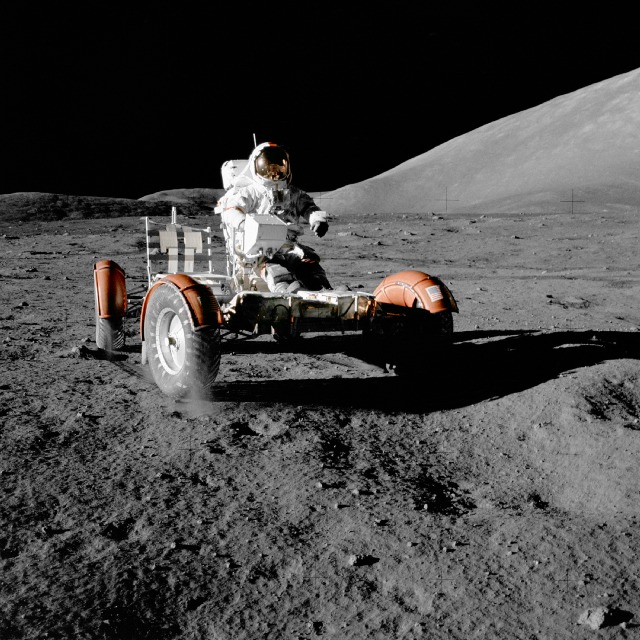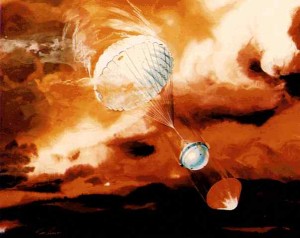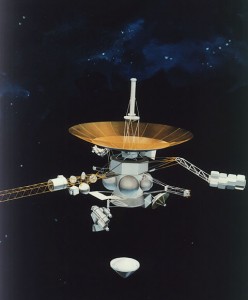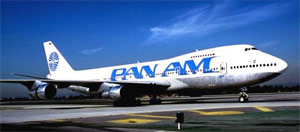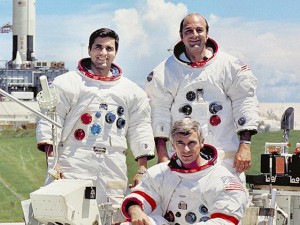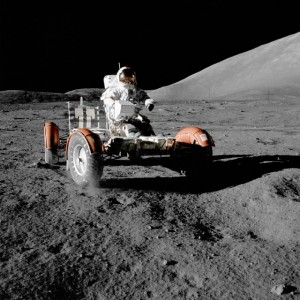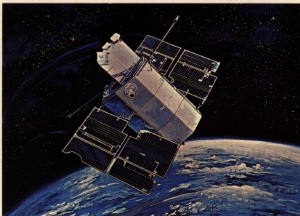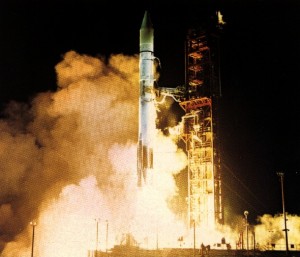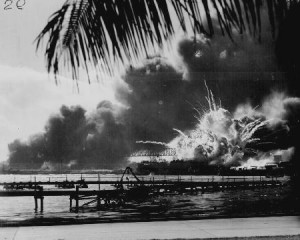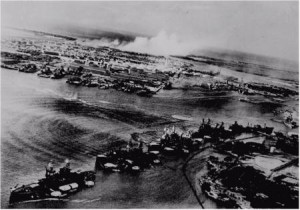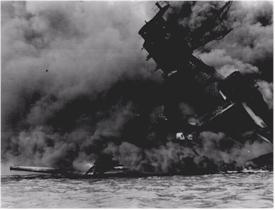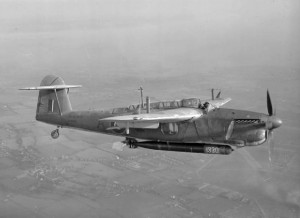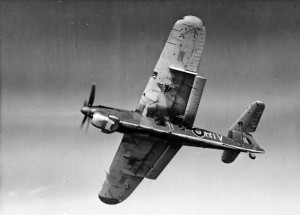Of course, December 7, 1941 is “a date which will live in infamy…” But there are several other important things that happened on this day in aviation history worth noting. Here are just a few.
1995: A small probe released by the Galileo spacecraft began a descent into the atmosphere of the planet Jupiter. The probe reached a speed of 106,000 mph. After completing 35 orbits around Jupiter throughout a nearly eight year mission, the Galileo Orbiter was destroyed during a controlled impact with Jupiter on September 21, 2003. During that intervening time, Galileo forever changed the way scientists viewed Jupiter and provided a wealth of information on the moons orbiting the planet which will be studied for years to come.
1980: Pan Am’s Boeing 747 China Clipper arrives in Peking from New York via Tokyo to complete the first official flight between China and USA since shortly before 1949.
1972: The crew in Apollo 17 makes the final landing on the moon. Consisting of the Command Modual: America and Lunar Landing Modual: Challenger, Apollo 17 was the eleventh and final manned mission in the American Apollo space program. Launched at 12:33 a.m. EST on December 7, 1972, with a three-member crew consisting of Commander Eugene Cernan, Command Module Pilot Ronald Evans, and Lunar Module Pilot Harrison Schmitt, Apollo 17 remains the most recent manned Moon landing and the most recent manned flight beyond low Earth orbit. The crew explored the lunar surface aboard a lunar rover vehicle and returned to earth with more than 30 kilograms of rocks and soil.
1968: Orbiting Astronomical Observatory 2 launched into Earth orbit
1941: Japanese planes attacked the United States Naval Base at Pearl Harbor, Hawaii Territory, killing more than 2,300 Americans. The U.S.S. Arizona was completely destroyed and the U.S.S. Oklahoma capsized. A total of twelve ships sank or were beached in the attack and nine additional vessels were damaged. More than 160 aircraft were destroyed and more than 150 others damaged. A hurried dispatch from the ranking United States naval officer in Pearl Harbor, Commander in Chief Pacific, to all major navy commands and fleet units provided the first official word of the attack at the ill-prepared Pearl Harbor base. It said simply: AIR RAID ON PEARL HARBOR X THIS IS NOT DRILL.
The following day President Franklin Roosevelt, addressing a joint session of Congress, declared that a state war of war now exited between the U.S. and the Empire of Japan. Congress ushered the United States into World War II and forced a nation, already close to war, to abandon isolationism. Within days, Japan’s allies, Germany and Italy, declared war on the United States, and the country began a rapid transition to a wartime economy in building up armaments in support of military campaigns in the Pacific, North Africa, and Europe.
News of the “sneak attack” is broadcast to the American public via radio bulletins, with many popular Sunday afternoon entertainment programs being interrupted. The news sends a shockwave across the nation and results in a tremendous influx of young volunteers into the U.S. armed forces. The attack also unites the nation behind the President and effectively ends isolationist sentiment in the country. The very next day the United States and Britain declare war on Japan with President Roosevelt calling December 7, “a date which will live in infamy…”
1940: The first prototype Fairey Barracuda flew



